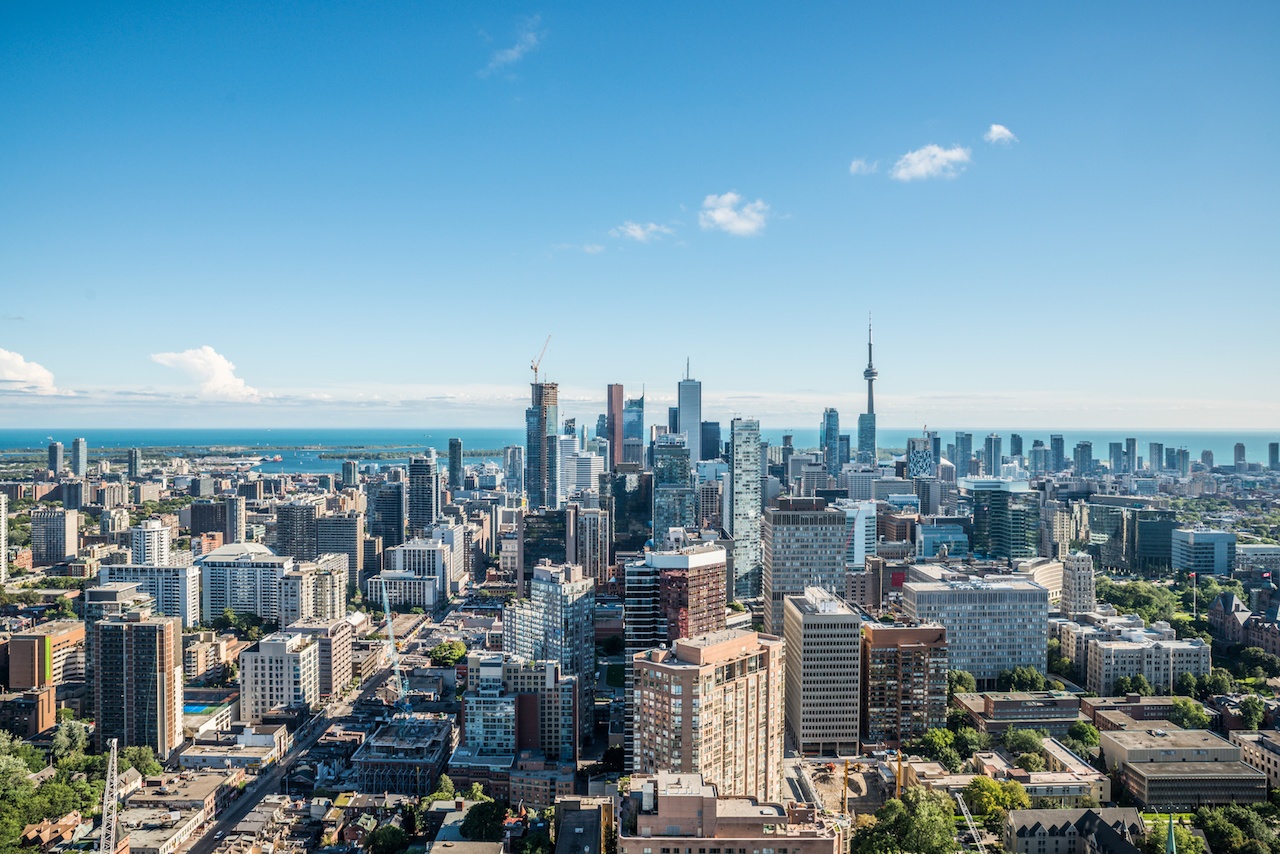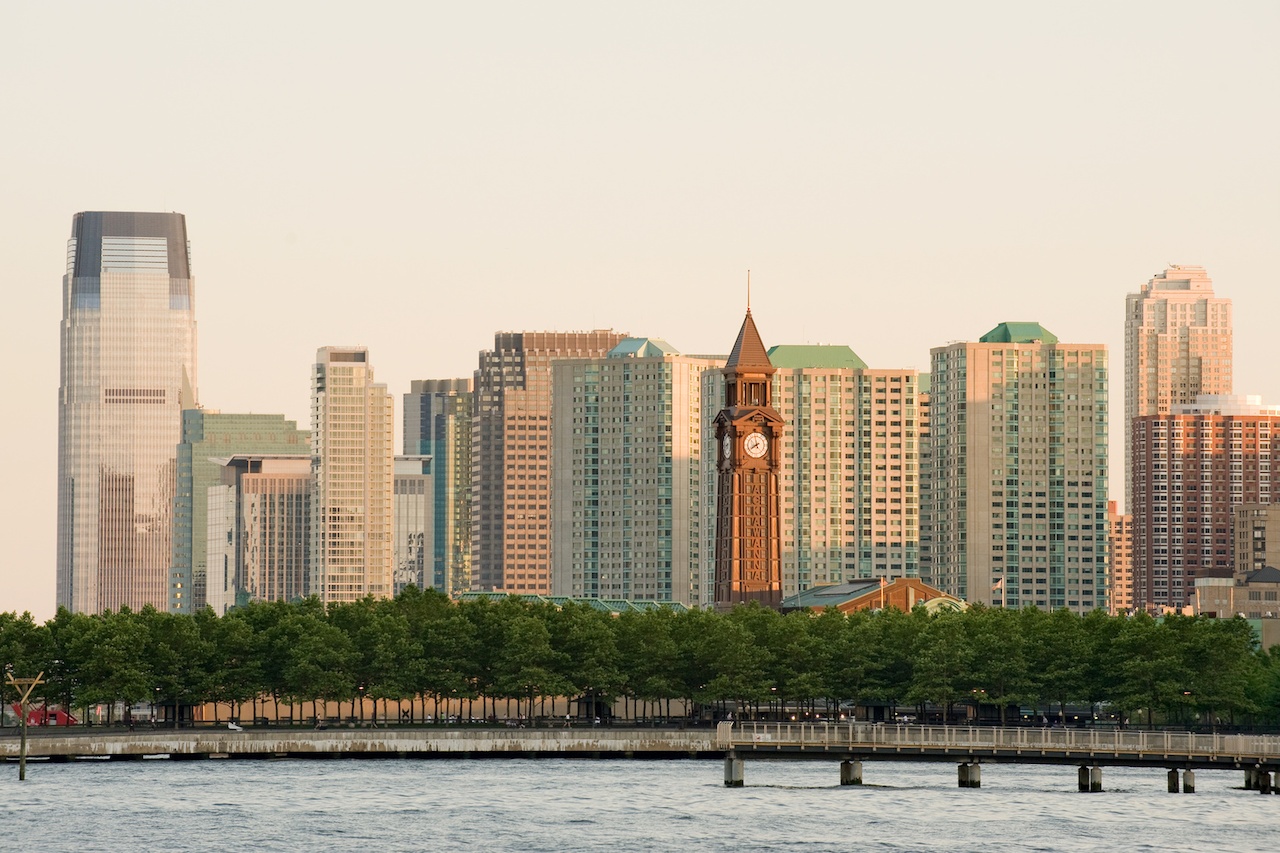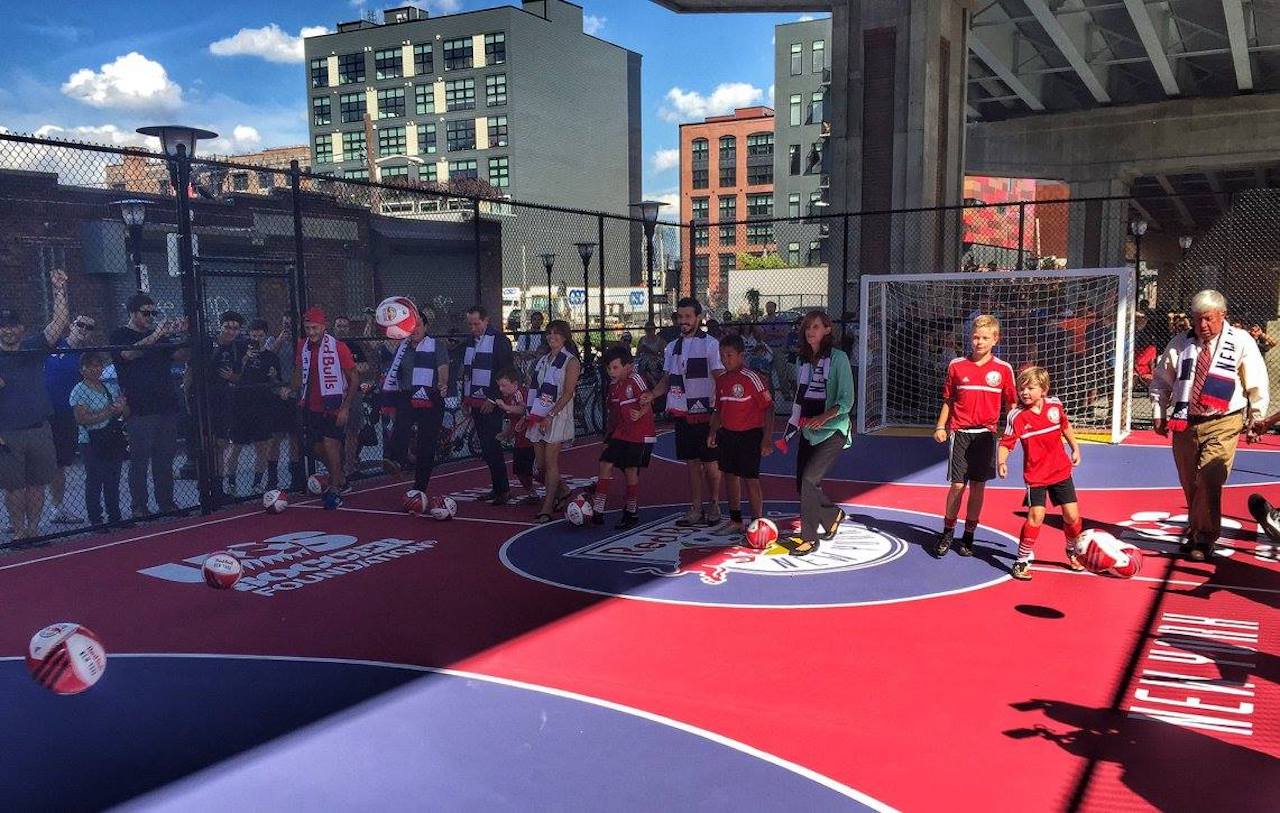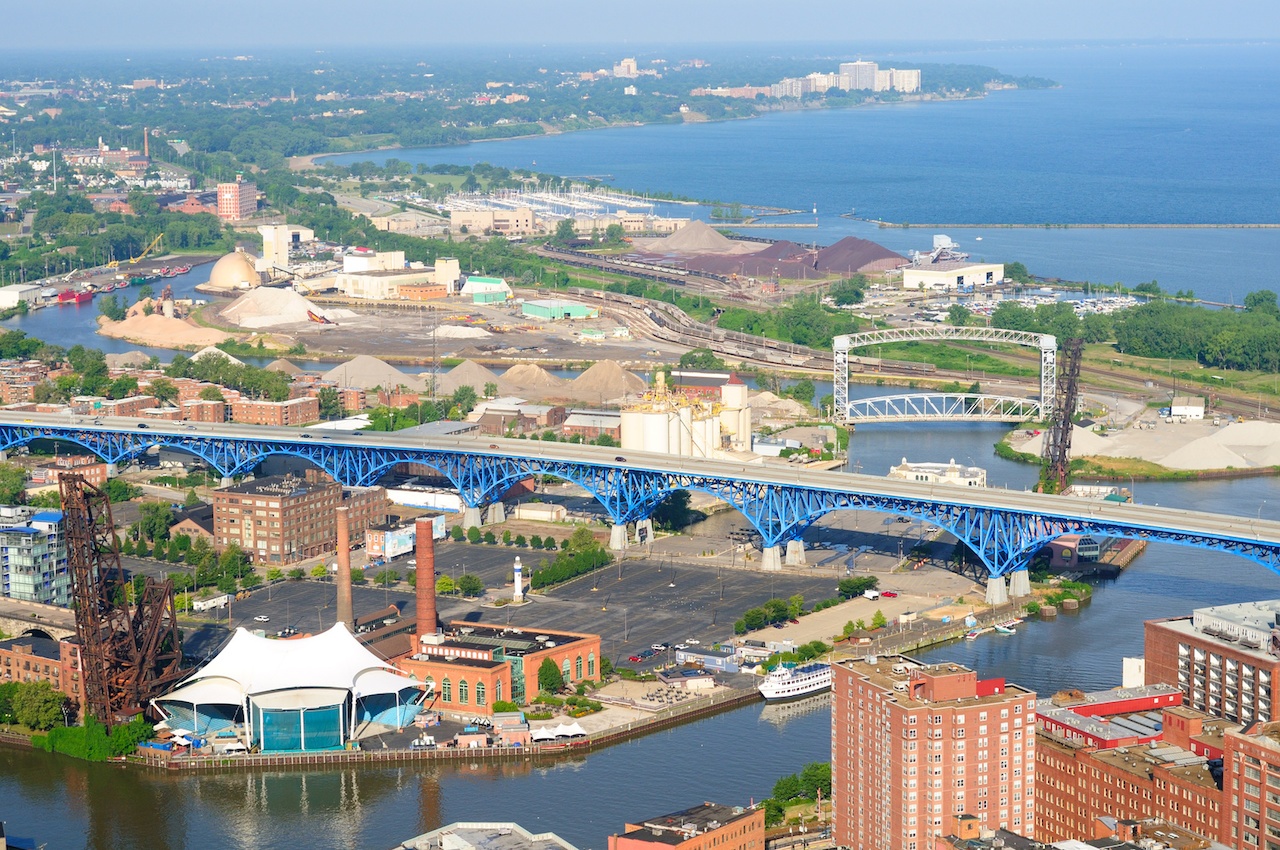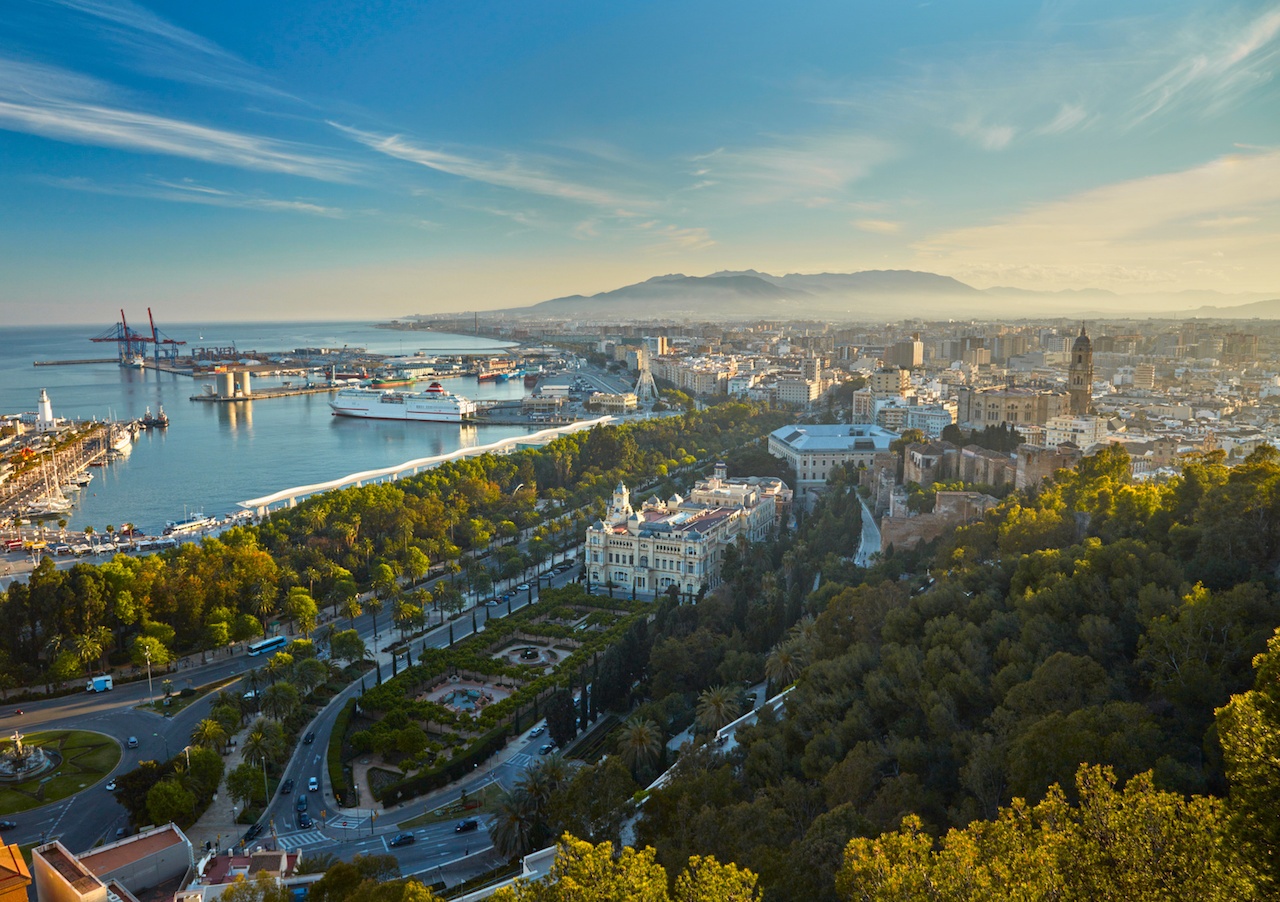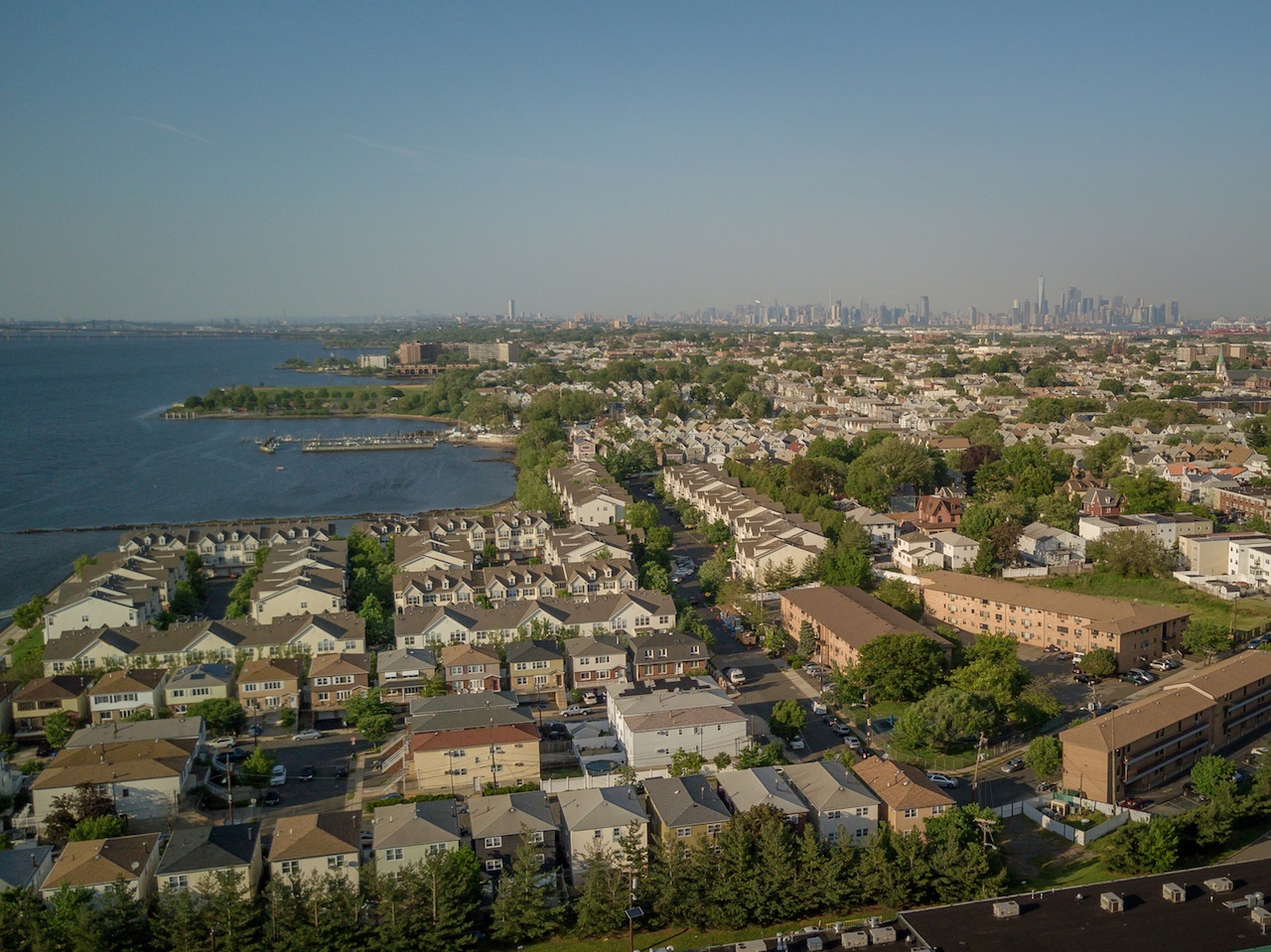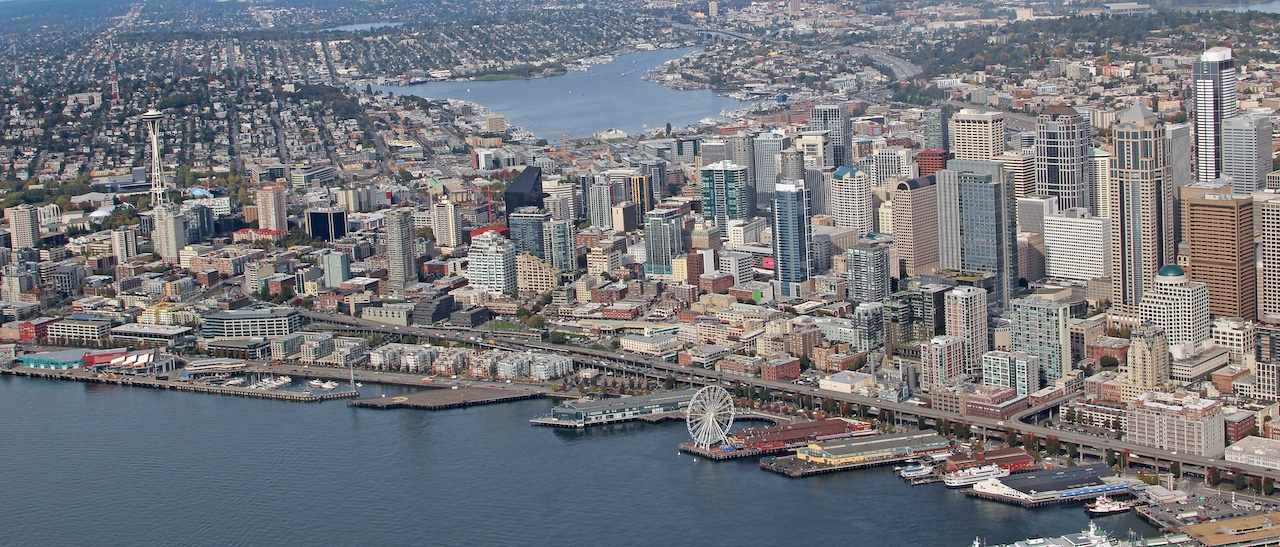Infrastructure
A broad category of content focused on infrastructure-related topics in cities.
Examples: the built environment, building management systems, smart lighting, airports, street design
Transportation Communications: No One Told Me It Would Be This Hard
As the leader of a transportation agency, there is no shortage of people ready to tell me how technology is going to revolutionize the way we do business. Autonomous vehicles, on-demand sensors, drone-based package delivery, solar-powered roads, road-straddling super-buses (that one turned out to a bust); it’s a veritable cornucopia of real and not-so-real revolutions. And within that world of technophiles, there’s a subset waiting to tell me (and you) about how wireless communications will underlie and enable all of those revolutions to our transportation systems. As with so many things in life, they’re totally right, and yet it’s so much more complicated.
Combining Technologies to Bring Connectivity to the Community
Rhyzome Networks has undertaken a project to upgrade the equipment used for wireless access in order to create stronger connections between the root access points and the repeaters. Our new network does not rely on the original projects wireless mesh and fibre combination, and instead uses wireless point-to-point and fibre for the backhaul of information and the aging 7181 access points will be swapped out in favor of Aruba units.
Our journey into telecommunications began in 2009 as an initiative to provide a backhaul for Festival Hydro’s smart metering system. That project led us down a path to offering wireless and fibre optic connections. It became clear early on in the project that the infrastructure we were putting in place provided us with the opportunity to create a robust backbone that would support the offering of affordable internet and other connectivity options in a community that was, at the time, largely overlooked by the big players in the Canadian telecommunications space.
Protecting Our Cities from Cyber Attacks
This week, we’re featuring a three part article series from Meeting of the Minds co-founder, Gordon Feller, on cities and cybersecurity. This is the final article in the series.
As a city’s digital infrastructure improves, the distribution of digital skills and the culture of the digital economy will also improve — making it more likely that as each gets better, the city’s goals can be achieved more effectively. Cities can attract and retain higher quality workers if and when cities draw more businesses, new investments, and improved social and cultural amenities. Through joint planning between varied stakeholders (including the city government, businesses, and artists), all involved can thrive off each other and do so at a lower cost, thanks to shared resources in the cloud, accessible via mobile networks, etc.
City leaders increasingly understand that there must be a sustained investment in the digital economy’s hard infrastructure and soft infrastructure. This means investing in both traditional assets (e.g., transport, housing) as well as new assets for digital success (e.g., broadband, sensors, big data and analytics). It means nurturing skills and capabilities in design, creativity and innovation that represent an increasingly important part of the new “capital stock” from which cities square the circle of sustainable growth and social inclusion.
Smart Cities Face a Dynamic Cybersecurity Landscape
This week, we’re featuring a three part article series from Meeting of the Minds co-founder, Gordon Feller, on cities and cybersecurity. This is the second article in the series.
In yesterday’s blog post I put forward an idea: tech-powered urban innovations will not only make cities more efficient, they’ll help to transform how those cities operate, how they connect with (and listen to) citizens and visitors, and that may portend even bigger changes on the near-horizon.
The range of functions that a smart city can integrate digitally is growing exponentially. It typically includes connected and remotely accessible city assets or public spaces in which connectivity allows new patterns and styles of public engagement and municipal service delivery. But a smart city also introduces tremendous value through more mundane, but equally important, functions like parking, lighting, security, Wi-Fi and energy management. As IoT grows, cities (or even regions) can more affordably invest in and increasingly benefit by sharing their capabilities.
When Smart Cities Become Digitally Insecure
This week, we’re featuring a three part article series from Meeting of the Minds co-founder, Gordon Feller, on cities and cybersecurity. This is the first article in the series.
We’re in the midst of an exciting revolution that’s changing virtually everything about the way we work and live in cities. What’s happening to us all has various names—the Gartner Group calls it “the Nexus of Forces”; IDC Research refers to as “the Third Platform”. Others refer to it as “the Internet of Things (IoT) revolution”. Whatever name you choose, this could be the mother of all big transitions, and what’s driving it is the stitching together of a wide range of many different kinds of technology-driven disruptions.
One thing is clear, and it’s starting to get widely noticed: this process, stimulated by the emergence of low-cost connected technologies, is transforming our experience of cities as we’ve known them.
Invest in Resilience Before Disaster Strikes
Investing in at-risk communities before disaster strikes is one of the most cost-effective ways to protect residents and property while increasing their ability to weather the severe storms ahead. At Enterprise Community Partners, our Resilient Communities Initiative works nationwide to strengthen communities and equip residents so they are better prepared for, and able to respond to extreme weather events and other emergencies. We provide technical assistance, grant funding, research and analysis, and build innovative tools to support this goal.
Getting Kids Outside to Play: Easier Said Than Done
Research shows that children living in underserved communities are more than four times as likely to lack recreational facilities. This is significant when you consider that 71 percent of youth don’t get the recommended amount of physical activity, and that one in five school-aged children has obesity. The lack of safe places to play is an added barrier to living a healthy lifestyle for these children.
At the U.S Soccer Foundation we aim to bring quality soccer programming and play spaces to more kids. To further expand our after-school soccer program, Soccer for Success, we knew we needed more quality spaces to play the game, especially in urban areas.
Offshore Wind Taking Cleveland Back to the Future
In 2016, Forbes magazine named Cleveland the “Hottest City in America.” However, Cleveland is now 51st in population among U.S. cities, and many of the industries from the glory days are shadows of themselves, have closed, or moved away. So, how does the Hottest City in America attract the best and brightest millennials as well as leverage its legacy of industrialization, entrepreneurship, and innovation to generate jobs of the future?
One way to tap this inherent strength is through the abundant wind resource right off our shores of Lake Erie. Not only can this resource supply an inexhaustible source of clean energy, the fundamental nature of this industry depends on engineering, manufacturing, fabrication, and maritime activities. Lake Erie Energy Development Corp. (LEEDCo) has taken the lead to bring this industry home and make Cleveland a national center. Project Icebreaker, a demonstration project consisting of 6 Vestas 3.45 MW turbines 8-10 miles offshore of the Port of Cleveland, is poised for construction in 2019.
Cities Can’t Prejudge Winner in Green v. Grey Infrastructure Battle
One of the ironies of the green versus grey infrastructure battle is that they are not mutually exclusive approaches; many times the best design solution is a combination of grey and green infrastructure working together. Grey and green infrastructure are on the same team, and that team’s goal is to take action on any number of difficult problems coastal cities are grappling with: hurricane risk, saltwater intrusion, coastal erosion, tidal flooding, sea level rise. Arguing about green versus grey infrastructure makes taking action on these problems harder than it already is.
The New Commons
Mark Twain once advised, “Buy land, they’re not making it anymore.” In many low-income city neighborhoods, that may seem impossible. The land’s been consumed; built on, paved over, or contaminated, and none is left at any price for parks or other greenspace. But many communities are proving Twain wrong by reclaiming their landscapes and, in effect, making new land.
Take Yonkers, New York, for example. Or Lawrence, Massachusetts, or Richmond, California. All are mid-sized cities where, after industry and jobs departed, black and brown people ended up being concentrated in park-poor – sometimes park-free – environments. Now these are all places where, through community-driven efforts, abandoned rail rights of way are being transformed into green community corridors.
Building Towards Resiliency with Healthy Digital Ecosystems
We are only starting to understand the power of networked technologies. And our learning comes at a cost: we are increasingly divided in our increasingly interconnected world.
We’re trying something new in New York: making communities more resilient by building healthy place-based digital ecosystems. Resilient Networks NYC is a multi-stakeholder partnership building local wireless networks in six Superstorm Sandy-impacted neighborhoods. In each neighborhood, New America’s Resilient Communities Program is partnering with a local community organization on the front lines of climate adaptation and economic resilience. With our support, our partners are training local residents as “Digital Stewards” to conduct outreach, collaborate with local businesses and leaders, and design, install, and maintain resilient public WiFi systems.
Sustainable Seattle
Seattle is consistently near the top of any list of US cities for sustainability and for growth. Almost all electricity is from hydropower. Energy-efficient buildings anchor walkable mixed-use neighborhoods. As Seattle has become increasingly sustainable, it is doubling its economy while cutting carbon emissions in half.
Seattle is one of our nation’s most walkable cities with a walkscore of 73. During a recent visit, my wife and I walked 9 miles through the city, rewarded with views of ocean inlets, mountains, and thriving neighborhoods. We arrived and departed Seattle on Amtrak and got everywhere on foot and transit, except our Uber rides to and from the train station. Yet, with growth, reducing gridlocked commuting is a challenge.


